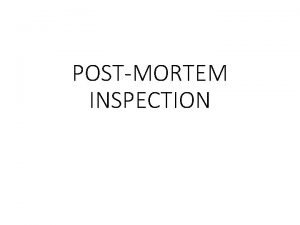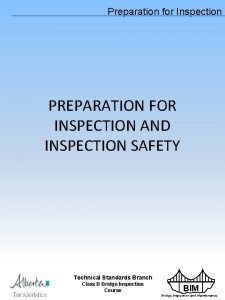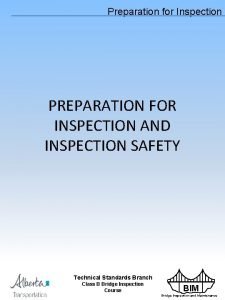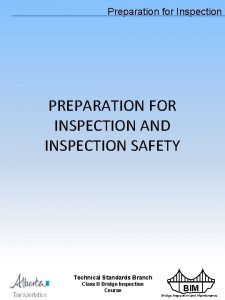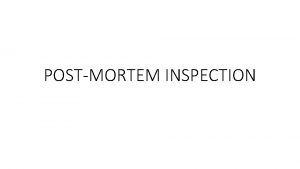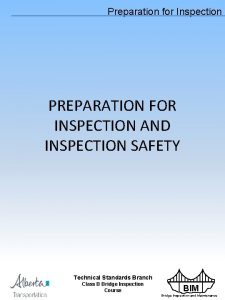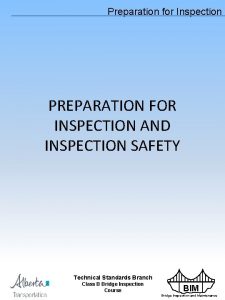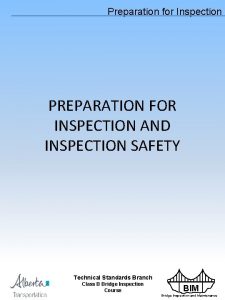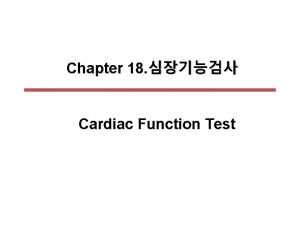Cardiac Exam The cardiac exam includes Inspection of










- Slides: 10

Cardiac Exam The cardiac exam includes: • Inspection of jugular venous pressure • Inspection, palpation, and auscultation of the 4 cardiac areas with the diaphragm • Auscultation over the tricuspid and mitral areas with the bell • Special maneuvers

103 -104: Inspection Jugular Vein Inspection of jugular venous pressure should be done with the patient lying with their head tilted to the left side. The patient should be elevated to the point where jugular venous distention is seen in the midneck. In a patient with a markedly elevated jugular venous distention, they may actually need to be sitting upright , or in a patient with a lownormal jugular venous pressure this may need to be at 0 o to see the distention in the mid-neck. Remember that the rest of the cardiac exam should be done with the pt at 30 o

106 -110: Inspection and Palpation Inspection done correctly; right side, head tilted left, patient elevated. (Note in a female patient they may have the gown on like in the picture during inspection) • Inspection, palpation and auscultation for rest of cardiac examination performed at 30 degrees • Inspection of all 4 areas • Palpation of aortic area (right second intercostal space just lateral to sternum)

Palpation of pulmonic area Left second intercostal space just lateral to sternum

Palpation of right ventricular and tricuspid area Left lower sternal border

Palpation of apical area • If apical impulse not palpable, patient in left lateral decubitus • Palpation done with fingerpads in all 4 areas • Palpation of apical area (about fifth intercostal space midclavicular line)

Palpation: Apical Area • If apical impulse not palpable, patient in left lateral decubitus

113 -122: • Auscultation with Diaphragm • Auscultation with Diaphragm Cardiac Auscultation Aortic area Pulmonic area Tricuspid area (left lower sternal border) Mitral area (apical area) Sitting, left lower sternal border, patient fully exhaled

Cardiac Auscultation • Auscultation with bell. Mitral area in the left lateral decubitus position • Done correctly - Bell applied light pressure, not heavy (remember newer stethoscopes diaphragm lightly OK) • Auscultation with bell. Tricuspid area

117: Auscultate with the diaphragm at the left lower sternal border with the patient sitting and fully exhaled. This is the optimal position to listen for aortic insufficiency. (Note: this is a different patient!)











